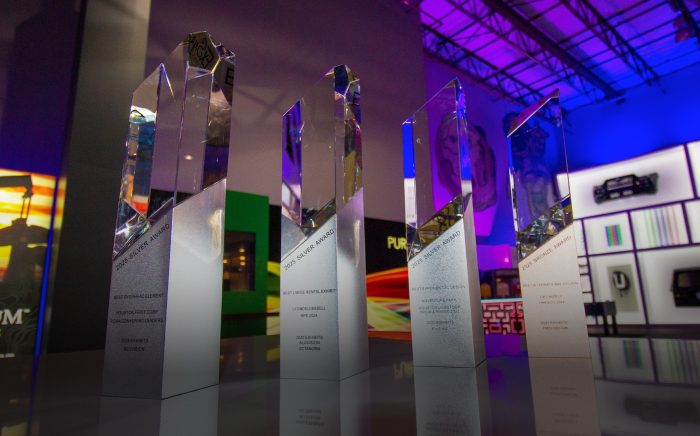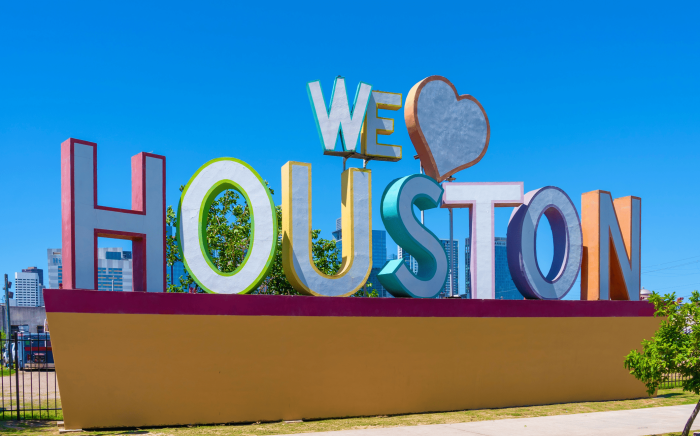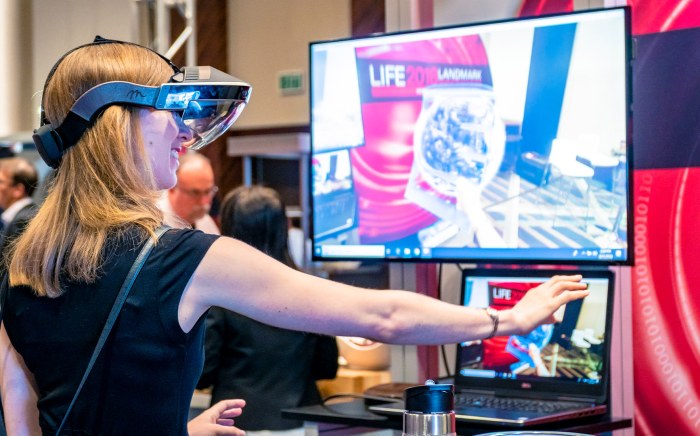
R-F-P. Funny how three tiny little letters can make even make the savviest and toughest of trade show and event marketers shake in their shoes. Whether you’re new to the business or a seasoned pro, just the thought of embarking across the vast RFP sea can take the wind out of your sails.
Perhaps this is your first-ever trade show or maybe you’re a seasoned pro who is looking for an all-together new look and feel for your brand or, perhaps, even a new exhibit house relationship. Or, quite possibly, the time has come to make a change to your current trade show exhibit or, on an even larger scale, you feel like it’s time to start completely fresh and begin anew, here are a few tips to keep in mind as you begin your voyage.
First and foremost, like most trips, you’ll be happier and more satisfied with the final destination if you take some time to think things through. Step one: start with a plan. Think it through and asking yourself and your team a few key questions about your current trade show program:
- What’s working?
- What’s not working?
- What do we like about our current program and exhibit house or trade show partner?
- What don’t we like about our current program and exhibit house or trade show partner?
- What are we trying to accomplish? Our objective?
If you are a little further down the road and ready to start gathering information via a Request for Proposal (RFP) or a Request for Information (RFI), we have a few helpful tips for you.
With foresight and planning, a well-designed RFP can help to speed the process, resulting in more accurate, focused response. What follows are a few guidelines – based on our experience with all types of organizations, brands, and businesses – that are designed to help you to simplify planning and create the RFP.
Your Brand: Tell us a little about your brand and your business including products, services, and industry trends. Be sure to including branding guidelines and objectives.
Program Landscape: What should we know about your tradeshow, event, and program objectives? What’s the target? How will you measure program success?
The Direction: Where are you trying to go? Include your program objectives, prioritize and be specific.
Look & Feel: Do you have key design requirements, including preferences, needs, and objectives.
Your time frame: Establish a timeline, remember to include key dates and deliverables.
Show Time: Tell us more about your service needs and requirements, such as I & D, on-site management.
The Bottom Line: It’s helpful to include budgetary information. Providing budget ranges is good. An exact or fixed budget is even better.
As you are planning strategy sessions for your new trade show exhibit and event partner, encourage cross-departmental teams to participate, ask them to include and consider details that matter most for their group or division. Taking time on the front end of the RFP process to include key elements of your business and your tradeshow program can mean time and money saved.
With planning and discovery early in the process, your RFP is ready to launch. Anchor’s away, smooth sailing.




